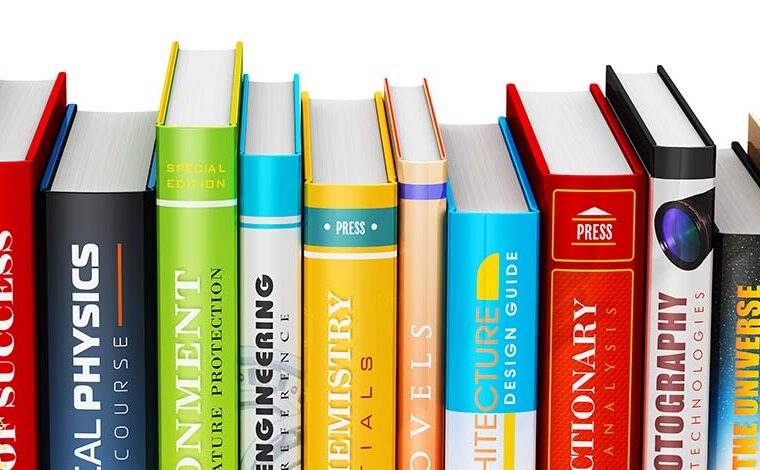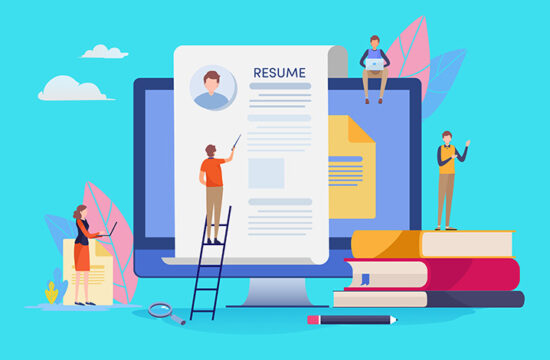By Deborah Jeanne Sergeant
If your parents feel that the cost of textbooks is unduly high, they’re not imagining things.
According to the Bureau of Labor Statistics, the cost has increased 1,041% since 1977.
The average student spent about $1,200 on textbooks and supplies in 2021. Part of the reason is that few companies print textbooks. Their shared corner on the market means little competition. The books are expensive to print because of their limited shelf life. While classic literature books may last longer, books in areas pertaining to medicine, science and history change as more discoveries are made and more history is written. Most books update about every two to three years.
Instead of simply paying the full price, you have options.
If you want printed books, ask students in your program who are a year ahead of you. They may have books they want to sell or rent to you. Renting ensures they can keep texts they may want later while saving you money. Used books are a savings but make sure that the titles are the same printing that your professors require. A subsequent edition may not include the same material or may have variations in page numbering, making it a pain to complete reading assignments.
Look for textbooks at www.bookscouter.com (or on their app for iOS and Android) or www.chegg.com, along with good ol’ Amazon and eBay.
You could also share a book and its cost with a trusted classmate, especially if you are already friends and live near each other. Keep in mind that you will need to be flexible about the use of the book and plan study times to accommodate each other.
See if you could borrow texts you need from the library. This may work for some classes involving literature, for example.
If the cost is way past your budget, ask your professors for help. They may know of other ways for you to obtain access to the books you need to succeed.












